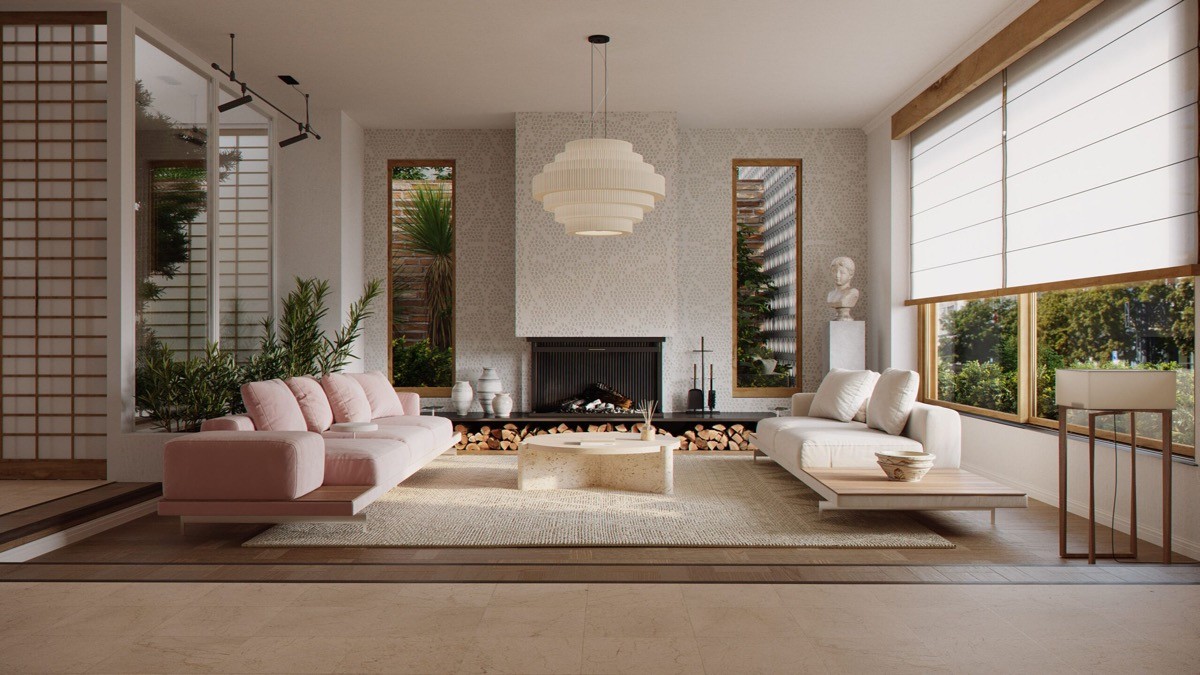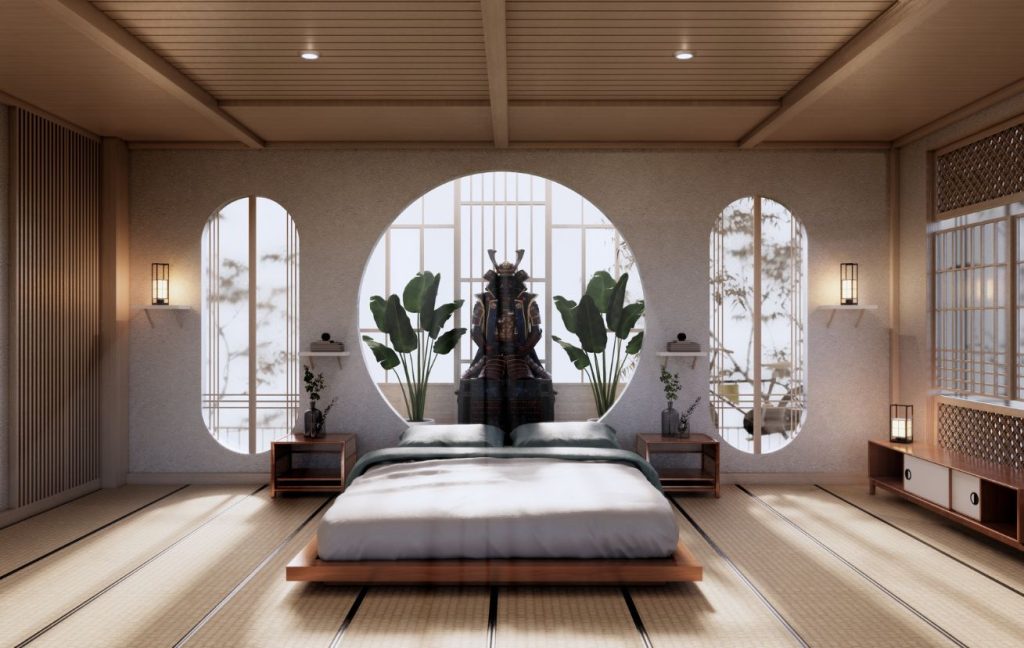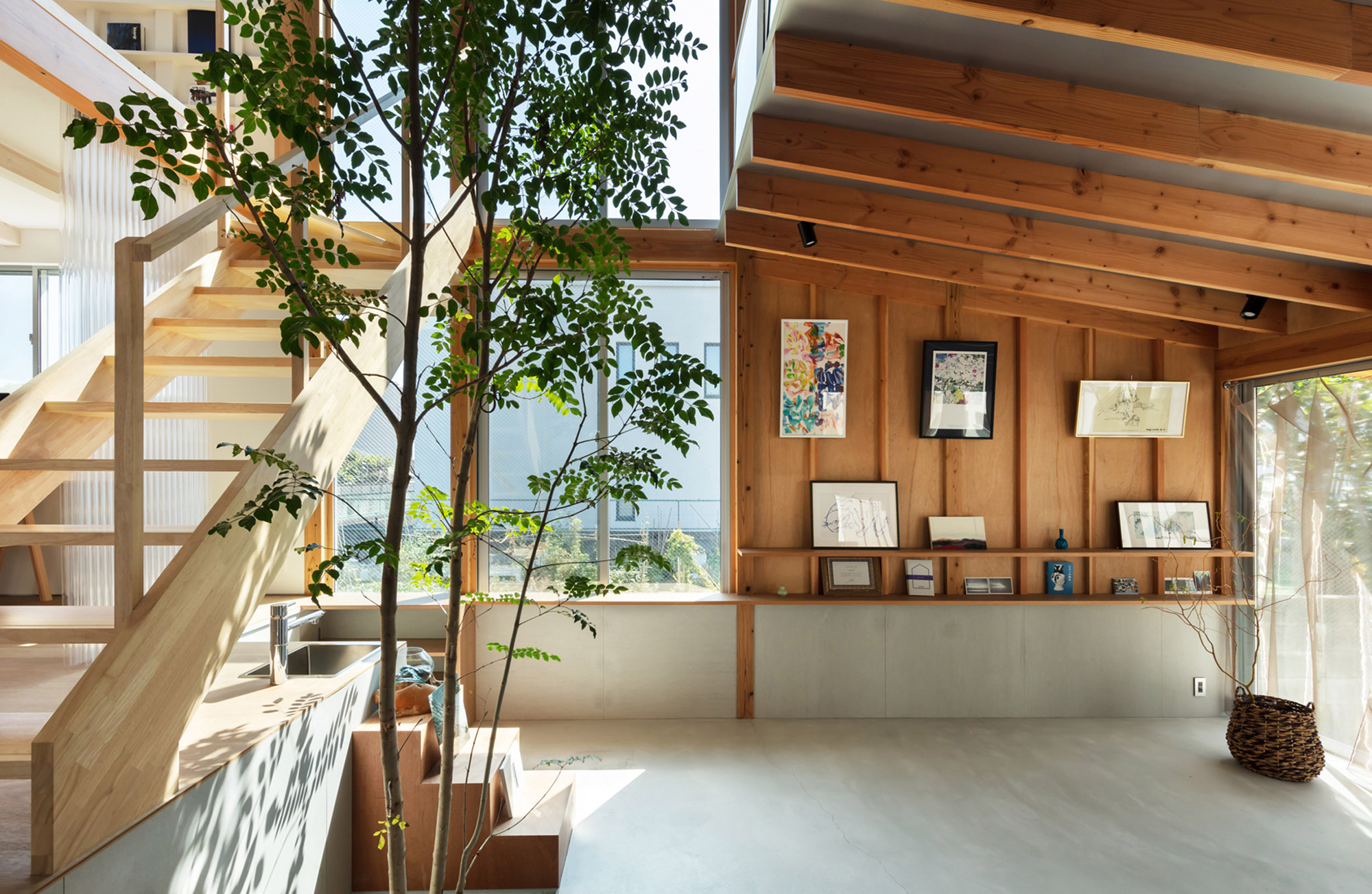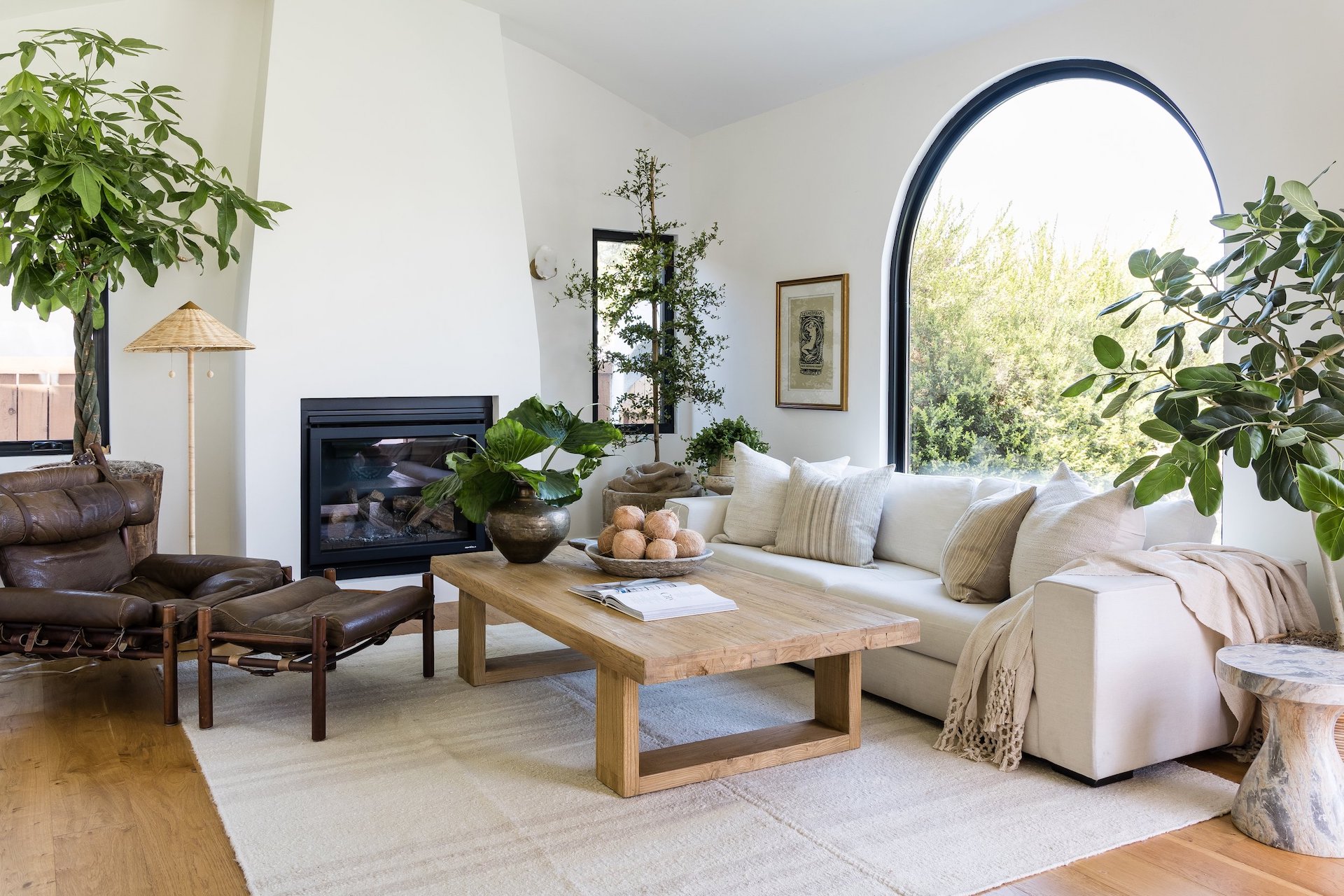In recent years, the allure of modern Japanese home decor has captivated many design enthusiasts around the globe. This style goes beyond mere aesthetics; it encompasses a philosophy that promotes simplicity, functionality, and a deep respect for nature. As someone who has embraced the principles of Japanese decor in my own home, I invite you to explore this beautiful style with me.
Understanding Modern Japanese Home Decor
Modern Japanese home decor is rooted in traditional Japanese aesthetics, yet it also incorporates contemporary elements. The underlying principles of this design philosophy include:
- Minimalism: Less is more. The decor focuses on clean lines and simplicity to create a peaceful environment.
- Natural materials: Use of wood, bamboo, stone, and paper contributes to a warm and inviting atmosphere.
- Connection with nature: Designs often include elements that draw the outdoors in, such as large windows and indoor plants.
- Functional design: Every piece of furniture and decor serves a purpose, marrying utility with beauty.
Key Elements of Modern Japanese Home Decor
To effectively incorporate Japanese decor into your home, you’ll want to focus on several key elements.
1. Color Palette
The color palette of modern Japanese decor is typically muted and soft, emphasizing earthy tones. Shades of beige, grey, white, and soft pastels create a calm atmosphere. Here’s a comparison table of suitable color palettes:
| Color | Hex Code | Feel |
|---|---|---|
| Soft Beige | #F5F5DC | Warm & Inviting |
| Muted Grey | #D3D3D3 | Calm & Modern |
| Pastel Green | #B2E0B2 | Fresh & Natural |

2. Furniture Design
Japanese furniture is known for its minimal designs, low profiles, and functional form. Here are some key characteristics:
- Low furniture: Low tables and seating promote a more grounded feel.
- Natural materials: Wood is the primary material, often left with a natural finish for authenticity.
- Multi-functional pieces: Furniture often serves more than one purpose, such as a storage ottoman.
3. Lighting
Lighting plays a crucial role in setting the mood. Japanese design favors soft, diffused light to create a serene atmosphere. Paper lanterns and wooden fixtures are popular choices.

4. Textiles
Natural fabrics such as cotton, linen, and silk in neutral colors enhance comfort. Tatami mats, futons, and shoji screens add traditional touches while being functional.
Incorporating Modern Japanese Decor into Your Home
Integrating this style into your living space can be a rewarding experience. Here’s how you can start:

Step 1: Declutter Your Space
According to the Japanese philosophy of “wabi-sabi,” beauty lies in imperfection and transience. Evaluate your space and remove non-essential items. You’ll be left with a serene environment that reflects your true self.
Step 2: Select Key Furniture Pieces
Invest in essential furniture pieces that embody modern Japanese design. Look for:
- Low-profile sofas
- Simple coffee tables
- Multi-functional storage solutions

Step 3: Incorporate Natural Elements
Add plants, stones, or water features to create a harmonious connection to nature. Consider indoor plants like bamboo or bonsai, which thrive indoors while providing a tranquil atmosphere.
Step 4: Choose Appropriate Decor
When selecting decor items, opt for pieces that celebrate craftsmanship. Handcrafted ceramics, wooden sculptures, or textile artworks can enhance your decor while telling a story.

Personal Experience: My Journey into Modern Japanese Home Decor
When I first decided to transition my home into a space that embodies modern Japanese decor, I was both excited and overwhelmed. It all began in my living room, where I aimed to create a serene environment that would serve as a retreat from the chaos of daily life.
I started by decluttering. It was liberating to rid my space of items that no longer served a purpose. I then invested in a low, wooden coffee table and simple sofas upholstered in natural linen. I complemented the look with soft, muted colors that provided warmth without being overpowering. Each piece I chose was functional, but also beautiful, aligning perfectly with the Japanese principles of design.
In the corner of the room, I placed a small indoor fountain to filter in the soothing sounds of flowing water, while potted plants breathed life into the space. Over time, my home transformed into a serene sanctuary that reflects my personality and values, all thanks to modern Japanese decor.
Pros and Cons of Modern Japanese Home Decor
Like any design style, modern Japanese home decor comes with its own set of advantages and challenges.
.jpg?width\u003d1200\u0026name\u003dJapanese-Modern-Home-Interiors-(feature).jpg)
Pros
- Calm Atmosphere: The minimalist approach creates a peaceful living environment.
- Functional Spaces: Most furniture pieces serve a dual purpose, maximizing utility.
- Sustainability: The focus on natural materials promotes a more sustainable lifestyle.
Cons
- Maintenance: Natural materials may require more upkeep compared to synthetic ones.
- Less Personalization: The minimalist approach may feel sparse to some individuals who prefer a more personalized, eclectic style.
- Cost: High-quality furniture pieces can be expensive, especially handcrafted items.
Frequently Asked Questions (FAQs)
What are the main characteristics of modern Japanese home decor?
The primary characteristics include minimalism, the use of natural materials, functional design, and a deep connection with nature.
How can I achieve a minimalist look in my home?
Start by decluttering, keeping only essential items. Opt for multi-functional furniture, and choose a muted color palette to promote a serene environment.
What types of materials are preferred in Japanese home decor?
Natural materials such as wood, bamboo, paper, and stone are preferred as they create a warm and inviting atmosphere.
Is modern Japanese decor suitable for small spaces?
Absolutely! The minimalist approach of modern Japanese decor makes it ideal for small spaces, as it emphasizes functionality and simplicity.
Conclusion: Embracing the Beauty of Simplicity
Modern Japanese home decor is not just a trend; it’s a lifestyle choice that promotes tranquility and functionality. Whether you’re looking to completely redesign your space or simply incorporate a few elements, the principles of this style can enhance your home and contribute to a more peaceful, serene environment.
In my personal experience, adopting these design principles has transformed my home into a sanctuary of calmness, and I hope it does the same for you. Let the beauty of simplicity inspire your design journey!